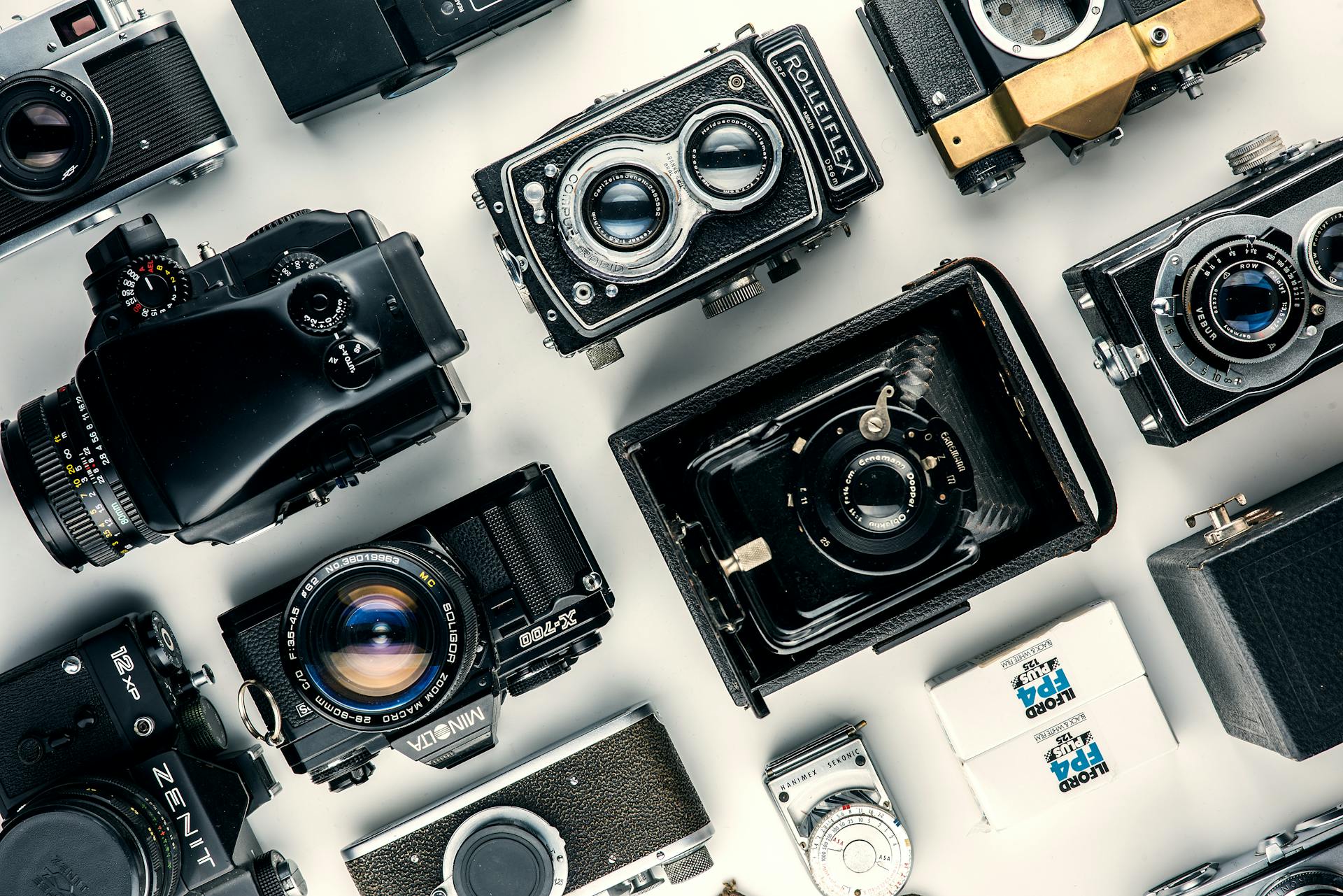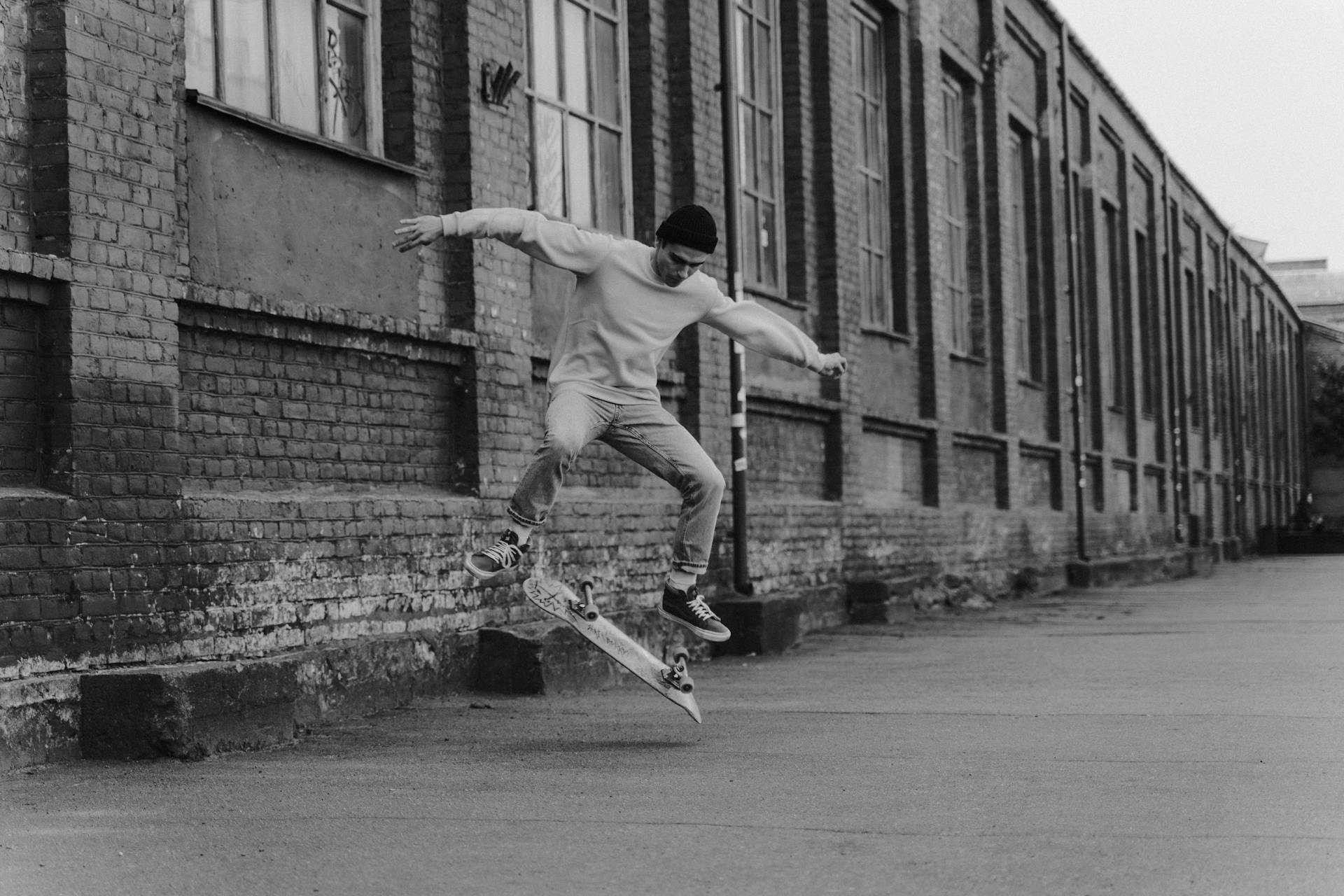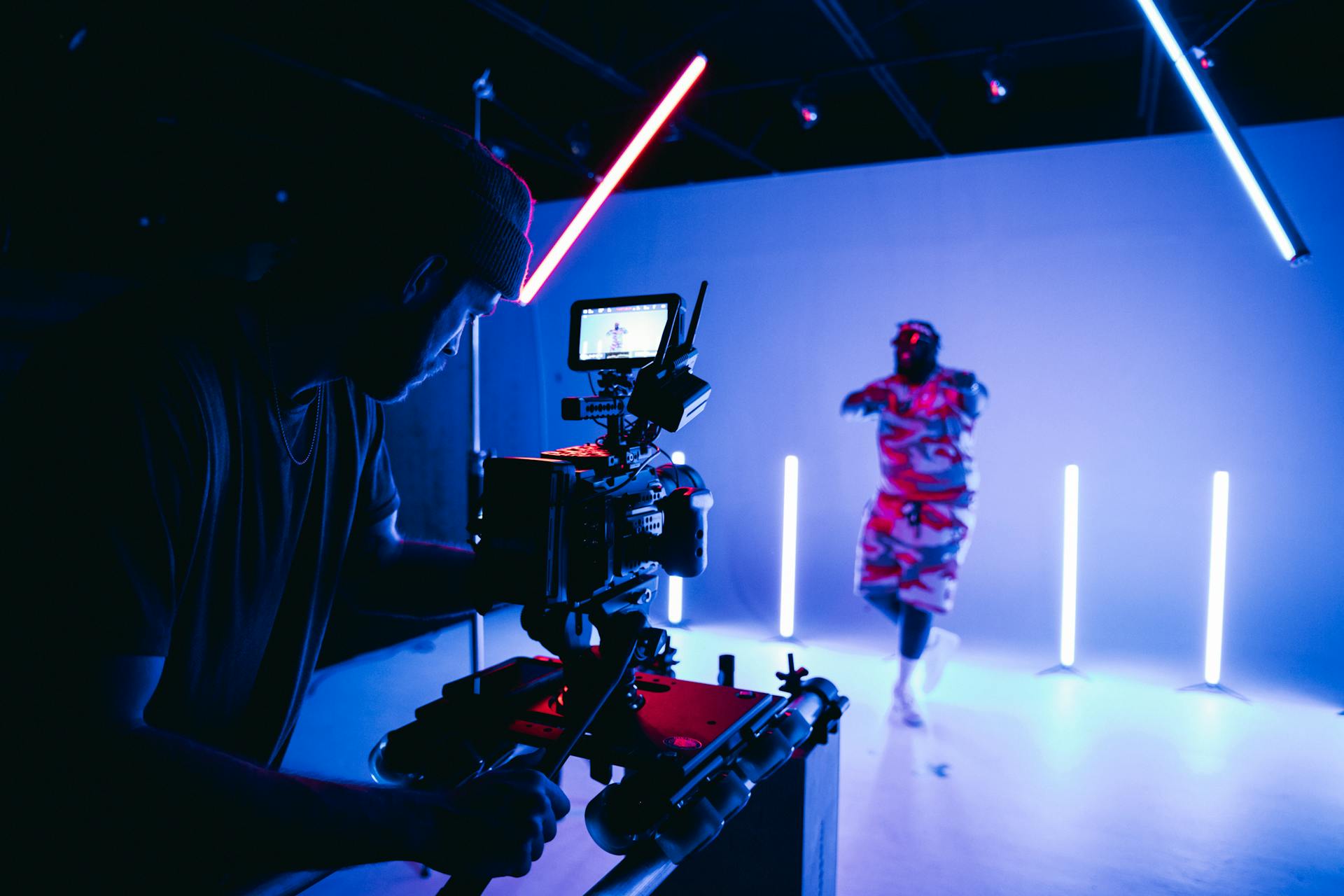
Computational photography is revolutionizing the way we take pictures. Thanks to this technology, we can now create images taking advantage of machine learning algorithms and other advanced techniques. In the hands of skilled photographers like Andy Day, computational photography has the potential to bring dramatic changes to the world of photography.
With computational photography, it’s possible to extend technology's ability to produce photographs that capture the essence of a moment in time. This fascinating world allows us to create photographs that were previously impossible, and push the boundaries of what’s considered “standard” photography. From capturing incredible landscapes with stunning detail, to creating portraits that truly capture someone's personality, computational photography is changing the game for photographers everywhere.
For your interest: Create Fantastic Light Orb Images
Discover the Fascinating World of Computational Photography

Computational photography is a relatively new term that describes the use of machine learning algorithms, artificial intelligence, image stacking, and depth mapping to create photographs that were once impossible with conventional image-making techniques. These advanced techniques give photographers the ability to produce images that were previously impossible to capture with traditional cameras.
Over the past ten years, we have seen significant developments in computational photography technology. Technology companies are no longer adding huge lenses or physically larger sensors to improve image quality. Instead, they are focusing on greater processing power and using software to overcome many of the limitations imposed by small sensors and the need for a physical shutter button.
The work being done by software developers in bringing computational photography to conventional cameras has revolutionized how we take photos. With this technology, even amateur photographers can now capture stunning images like a perfect sky or a breathtaking landscape with ease. So if you want to learn more about this fascinating world of computational photography, keep reading our blog as we delve deeper into this exciting field!
Related reading: Wedding Photography Lighting Techniques
1. Change the weather
Are you tired of traveling for hundreds of miles to an incredible location only to be met with terrible weather? It's a common problem for landscape photographers, but computational photography has a solution. With the right software, you can create perfect conditions for your shots even in the worst weather.
Luminar AI is one such program that allows you to add fog, golden hour glow, direct shafts and other distinctive weather effects to your photos. No longer do you have to spend countless days on long trips hoping for perfect results. With Luminar AI, every shot can be a masterpiece no matter the weather conditions. So why let nature decide when you can take control with the power of computational photography?
See what others are reading: Capture Perfect Panning Shots
2. Create beautiful bokeh on a smartphone
Creating beautiful bokeh on your smartphone can add a cinematic feel to your photos. Despite the small sensors inside smartphones, they are capable of producing smooth creamy backgrounds that give your photos a professional look. With computational photography, taking slightly out-of-focus shots can result in similar results to those taken with a DSLR camera.
Apple pioneered portrait mode, which uses a process called depth mapping to create a shallow depth of field, creating photos with a pin-sharp subject and nice blurry background. By focusing on what's furthest away from the subject, this technique produces stunning pictures that would otherwise be difficult to achieve on a smartphone. Despite the restrictions of smartphone cameras, you can still capture beautiful images with an artistic flair by using these techniques.
If this caught your attention, see: Home Photography Idea Powerful Photos
3. Find the perfect composition
Finding the perfect composition is the holy grail of photography, and computational photography has made it easier than ever. With countless images at our fingertips, we can simply treat our camera as a learning tool and experiment with different compositions until we find the perfect crop. Even professional photographers are turning to programs like Luminar 4 to enhance their images and create the perfect composition.
But what makes a good photograph? It's not just about following the rules of composition or using the latest software. It's about capturing a moment in time that tells a story and evokes emotion in the viewer. Computational photography can certainly help us achieve this, but it's important to remember that the technology is only a tool - it's up to us as photographers to use it creatively and thoughtfully. With Luminar 4 and other similar tools, we have more power than ever before to craft beautiful images that truly capture the essence of our subjects.
4. Make a person smile, long after you’ve taken their photo
Imagine sitting down to look at a photo album from years ago, and suddenly, you realize that every single person in those pictures is smiling. Even if the subject isn't smiling in the original photo, with Adobe Photoshop's neural filters, you can use a single slider to adjust the expression on the person's face. Neural filters work by using a huge bank of data, with a massive database of images that the AI-driven filters learn from.
It may be a bit unsettling to think about what's coming next in computational photography. With the latest version of Adobe Creative Cloud, there are even more ai-driven filters available that can change not just expressions, but also backgrounds and lighting in photos. But one thing is for sure - this technology allows us to make a person smile long after we've taken their photo.
For your interest: Optimize Faces Radiant Photo
5. Change a person’s age
Have you ever wished to change a person's age in a photograph? Well, with computational photography, that is now possible! Recently introduced neural filters in Adobe Photoshop can alter the age of individuals in photographs, leaving behind no traces of the original features. The cloud-allowing technology makes it easier to retain high-resolution details while altering the image.
However, this new technology has raised alarming concerns about its misuse and authenticity. With the ability to change a person's age, it can be challenging to distinguish between real and altered images. Despite these concerns, computational photography continues to make strides in improving image manipulation techniques. As we continue to explore these advancements further, it will be interesting to see how they impact our daily lives.
6. Perfect a portrait in seconds
Looking to perfect your portraits in seconds? Well, you're in luck. Thanks to the advancements in computational photography, software like Luminar AI can do wonders for your images. With just a few clicks, you can instantly remove shadows from your subject's face and give them that healthy glow they deserve.
But it doesn't stop there. Luminar AI also allows you to enlarge a person's eyes and give them that captivating look that models are known for. And with its advanced technology, the software will make sure that the eyes still look natural and not overly edited. So if you want to take your portrait photography to the next level, be sure to check out Luminar AI and see what it can do for you!
You might like: Watermark in Luminar
7. Stitch a panorama and get creative
Stitching a panoramic image is not a new concept. Early versions of Adobe Photoshop included the ability to blend raw files into one seamless panorama, but it was a complicated process that often produced occasionally clunky results. Fast forward to today, and softwares intelligence has improved dramatically, taking advantage of faster processors and smaller file sizes found even in the cheapest smartphones.
One way to get creative with stitching is through fly stitching or using the Brenizer method. The technique involves shooting multiple frames of a subject with a telephoto lens and then stitching them together to create a unique-looking portrait with an otherwise-impossibly shallow depth. Another way is by using wider angle lenses and capturing an entire room or outdoor scene, giving your image that distinctive cinematic feel. So, next time you're out shooting, don't forget to try your hand at stitching panoramas – you never know what kind of stunning results you might end up with!
8. Fix a blurry, out of focus photo
Fixing a blurry, out of focus photo can be immensely frustrating, but thanks to computational photography brought about by software developers, there has been notable progress in missed focus correcting. With added pixel-by-pixel precision and advanced noise reduction techniques, impressive results can now be achieved with software called Sharpen AI produced by Topaz Labs. In a Sharpen AI review, many photographers have praised the AI-fuelled sharpening for its ability to generate elements that simply weren't present in the original image.
Topaz Labs taught their software how to recognize and correct motion blur and missed focus through machine learning algorithms. This means that images stored on your computer that were once useless can now be transformed into an improved image with just a few clicks using Sharpen AI or other similar image-editing software. The addition of AI technology has revolutionized the way we edit photographs and allows us to achieve stunning results that were once thought impossible.
9. Swap out the sky for something better
If you're into high-end real estate photography, you know how important it is to have perfect skies in your shots. However, sometimes nature doesn't cooperate, and you end up with dull or overcast skies that detract from the beauty of your property. This is where computational photography comes in - using specialized software packages like Photoshop, ON1 Photo Raw, or Luminar AI Automating, you can swap out the sky with something better.
The process involves taking two photos of the same scene - one with the original sky and one with a better sky - and using computational algorithms to combine them seamlessly. The result is a stunning image that showcases your property in the best possible light. And best of all, it's quick and easy to do - no need for expensive equipment or hours of post-processing. So if you want to take your real estate photography to the next level, give computational photography a try!
Frequently Asked Questions
Does your smartphone use computational photography?
Yes, if your smartphone has features like portrait mode, night mode, or HDR then it uses computational photography. These features use advanced algorithms and machine learning to enhance the quality of photos taken with your smartphone.
What is computational photography?
Computational photography is the use of algorithms and advanced hardware to capture and process images in new and innovative ways. It allows for features such as high dynamic range, depth mapping, and image stabilization to be achieved through software rather than just hardware.
Can a computer take a picture?
Yes, a computer can take a picture using a camera or webcam that is connected to it. However, the computer needs software to control the camera and save the image.
Why are smartphone cameras so good?
Smartphone cameras have improved over the years due to advancements in technology such as high-quality lenses, advanced software algorithms for image processing, and increased sensor resolution.
Featured Images: pexels.com


